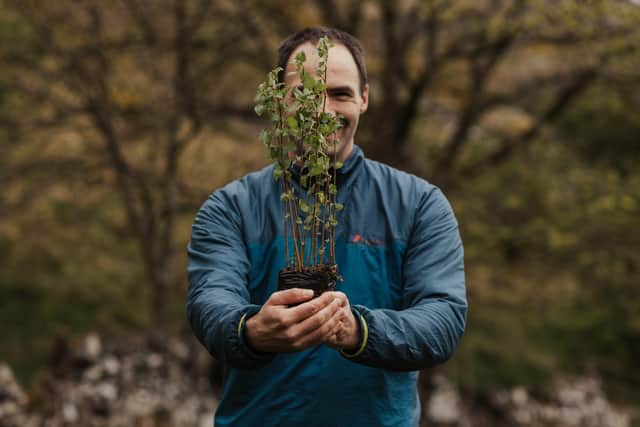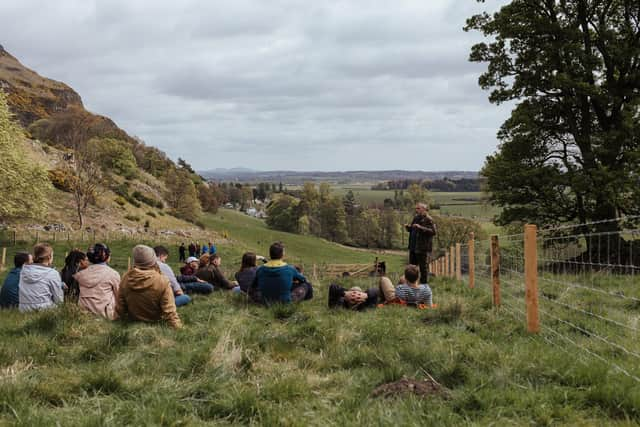Sustainable Scotland: New native trees and wildlife restoration to get under way near historic Bannockburn battlefield
Dumyat estate, not far from the city of Stirling and a few miles from the historic battlefield, is popular with visitors and locals alike because of its rugged territory and stunning hilltop viewpoint, which overlooks the monument to another Scottish legend – warrior William Wallace, whose life was dramatised in the blockbuster film Braveheart.
The 480-hectare site is steeped in history, hosting the remains of an ancient hill fort dating back to Roman times as well as former copper and barytes mining sites.
Advertisement
Hide AdAdvertisement
Hide AdNow planting work is due to get under way at the estate, which was bought over by the Future Forest Company around a year ago with the aim of restoring degraded natural habitat to increase species diversity, soak up climate emissions and improve facilities for people.
The move comes after consent for the project was granted by Scottish Forestry, following a public consultation.
Planting will not take place near the summit of Dumyat or at sensitive features, including the hill fort, which will be buffered.
A mix of native broadleaf species and Scots pine trees will be hand-planted on the site, which sits at the western end of the Ochil hills and includes parts of the Menstrie Glen, with work due to get under way in March.
In addition to reforestation, several projects to increase biodiversity are being implemented – including bringing in rock rose plants to benefit Northern brown argus butterflies, measures to boost sticky catchfly populations, creation of new wildflower meadows and improvements to wetland areas.


Natural regeneration of trees and plants will be encouraged to progress on some of the area’s steepest and least accessible terrain, providing homes for a diverse range of mammals, birds, reptiles, insects, plants and fungi and performing an important role in capturing climate-warming carbon.
In a mission statement, the firm – which manages a range of woodland sites across Scotland, including Brisbane Mains in Largs – says: “We have a vision where in the future visitors will be able to enjoy spotting butterflies, bees and birds thriving in our wildflower-rich glades, climb through diverse shady native woodland, before finally reaching the summit of Dumyat to enjoy the spectacular panoramic views.”
Other work is being carried out to improve access for visitors, including the addition of new steps at the steepest part of the Menstrie track – carried out by local Conservation Volunteers members.
Advertisement
Hide AdAdvertisement
Hide AdThe site is also serving as an educational and research resource for Stirling University groups, with students having already planted more than 500 wildflowers on-site.


The next stage of the project, commencing in spring, involves erecting deer fencing around the property to protect the new tree saplings. This has been carefully planned in line with public feedback to maintain visitor access and ensure scenic views are preserved.
Future Forest Company estate manager Jamie Adcock said: “Ahead of planting we will be preparing the ground to give our trees a raised, weed-free planting position to help ensure successful establishment, so visitors may see machinery and contractors working on site in the coming months to prepare the area for planting.
“This will ensure that every tree planted has the best possible chance to thrive and become part of our nature-rich forests of the future.
“We love having visitors to the site and all the main recreation routes are being maintained. It will be a big change for the hillside from its previous use for sheep farming but we’re looking forward to enhancing the area for biodiversity, capturing carbon to help prevent climate change and ensuring it will be a place local people treasure for generations to come.”
Full plans for the Dumyat site, including an interactive map detailing woodland designs and biodiversity projects, are available to view online.
Comments
Want to join the conversation? Please or to comment on this article.